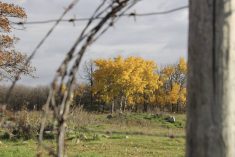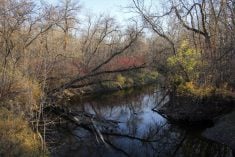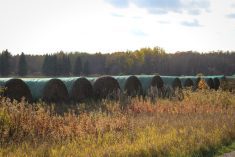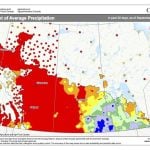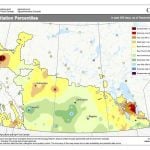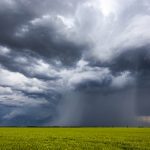It appears winter is holding its ground across the prairie provinces, contrary to hopes of an early thaw.
A sprawling Arctic high pressure system is poised to dominate the region, ushering in colder-than-normal temperatures reminiscent of January’s grip, but not as cold. While cold snaps this time of year often bring snow, the prevailing high pressure suggests storm activity will largely skirt the area, save for southern and southwestern Alberta where significant snowfall is anticipated.
This Arctic high will entrench itself over Manitoba and Saskatchewan, ensuring clear skies and temperatures well below average. Meanwhile, a developing low pressure system to the southwest threatens to blanket the southern half of Alberta with substantial snow from Wednesday into late Thursday or Friday. As this system advances eastward, the Arctic high’s influence will deflect it away keeping it south of the border.
Read Also
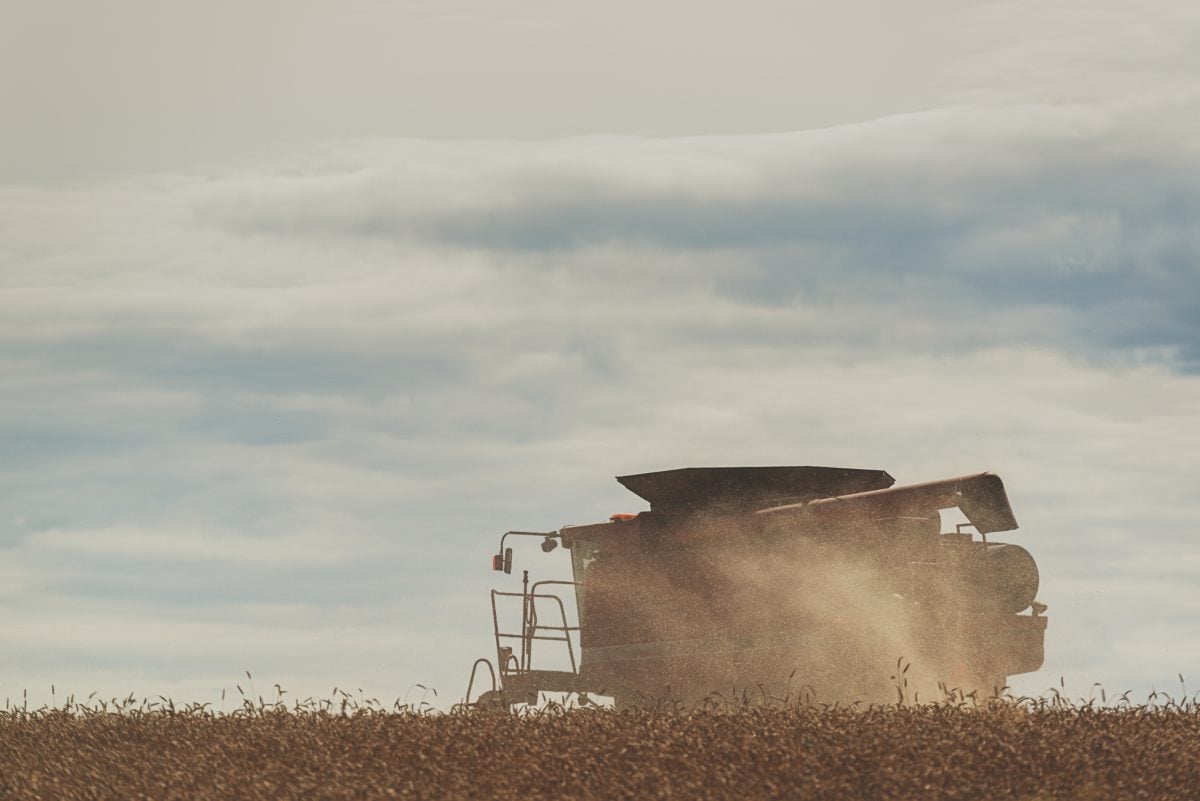
Manitoba Crop Report: Harvest advances despite heavy rains
Despite heavy rains in much of the province, Manitoba’s harvest advanced to 86 per cent complete as of Oct. 6, 2025.
This pattern is expected to persist through the weekend and into early next week, preventing the advance of a second potent storm system that is forecasted to develop over the western U.S. over the weekend. Despite hopes for warmer weather, it looks like Mother Nature has decided that winter is not done with us yet.
Alberta
A southeast to easterly airflow will precede the approaching low-pressure system, enhancing lift and precipitation potential, particularly when combined with the intrusion of cold Arctic air.
This convergence is likely to result in snowfall accumulations of 10 to 20 centimeters across the southern and southwest regions over the next few days. Once the system exits, expect a continuation of well-below-average temperatures, with daytime highs hovering between -5 to -10 C over the weekend, and overnight lows dipping to around -15 C.
A gradual warming trend is anticipated early next week, with daytime highs edging closer to zero degrees by Tuesday. Overnight lows should moderate to around -8 C. There’s the chance of more snow over extreme southern and western regions as energy from the south tries to move northwards.
Further north, a westerly flow on the backside of the Arctic high will usher in comparatively milder conditions. Expect predominantly clear skies with daytime highs ranging from -4 to -7 C and overnight lows around -12 C. Temperatures are forecasted to slowly climb through the weekend and into the start of the week, with the Peace River region potentially experiencing above-freezing highs by Monday or Tuesday.
Saskatchewan and Manitoba
Clear skies and cold temperatures are on the agenda for these provinces as the Arctic high becomes entrenched. Daytime highs are projected to range from -5 to -10 C, with overnight lows dropping to between -15 to -20 C.
While a low pressure system is forecasted to develop over the central U.S. over the weekend, it is expected to be deflected southward by the Arctic high as it tries to track to the north, sparing the region from significant storm activity. The models are showing this system clipping southeast Manitoba on Monday. It should bring clouds and the chance of flurries or some light snow.
As usual, this region will need to keep an eye on the system. The models show it becoming strong, and any northward deviation could bring some significant snow to this region.
As the low tracks northeast into Ontario early next week, the counterclockwise rotation around it will draw the now modified Arctic high southward, maintaining clear skies and persistent below-average temperatures as March draws to a close. Expect daytime highs stay near to slightly below the freezing mark with overnight lows falling to around -10 C.




